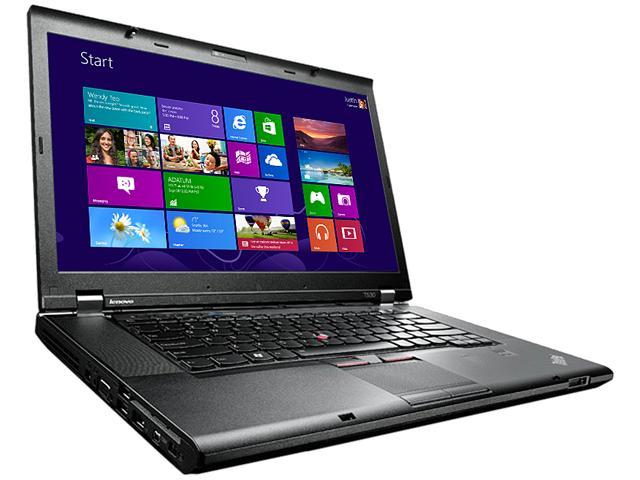

There is no point in dedicating 1.5GB to video if you aren't using it at the time since it could instead be used as a drive cache or your software could use it for whatever it's doing at the time. The video card will use system memory as needed but reserves the 32MB for basic operation. If not its OK i still have my gaming computer, but I wanted to be able to actually do some higher-tier stuff on this laptop. How do I adjust how much RAM is allocated to the GPU, I looked in the BIOS but I couldn't find anything, and I am pretty sure you can do this. 12GB is the Video RAM+ the normal couple megabytes not usable in RAM. Right now it says I have 8GB of Ram and 7.88GB usable so I am assuming that missing.

I upgraded the RAM to 8GB so I am comfortable putting a maximum of 1.5GB at it. This currently has 32MB of Graphics Memory, which is a very big problem since I want at LEAST a half a gig to play indie games.Īpparently the Intel 4000 uses shared memory, which uses RAM as VRAM and is only set at 32MB.

One supports FP32 and FP64, and the other supports only FP32. Each EU contains 2 × 128-bit FPUs and has double peak performance per clock cycle compared to previous generation.Main article: Intel Graphics Technology § Gen7 Specifications of Intel HD Graphics series Graphics The entire GPU shares a sampler and an ROP.Double peak performance per clock cycle compared to previous generation due to fused multiply-add instruction.Main article: Intel Graphics Technology § Gen6 Specifications of Intel Gen5 graphics processing units Name Hierarchical-Z compression and fast Z clear.Each EU has a 128-bit wide FPU that natively executes eight 16-bit or four 32-bit operations per clock cycle.Integrated graphics chip moved from motherboard into the processor.Main article: Intel Graphics Technology § Gen5 Each EU has a 128-bit wide FPU that natively executes four 32-bit operations per clock cycle.Full hardware DirectX 10 support starting with GMA X3500. The last generation of motherboard integrated graphics. Variable-Length Decoding (VLD) + iDCT + MC (Full) Intel's first DirectX 9 GPUs with hardware Pixel Shader 2.0 support. These chips added support for texture combiners allowing support for OpenGL 1.3. Intel marketed its second generation using the brand Extreme Graphics. Optional external MPEG-2 decoder via Video Module Interface


 0 kommentar(er)
0 kommentar(er)
